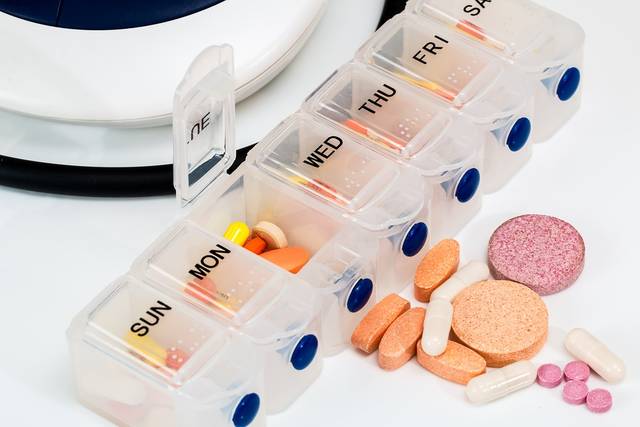How to make sure you travel with medication legally

PIXABAY
Most travelers won’t run into problems for carrying small amounts for personal use. But noncompliance can result in confiscation, deportation, jail time and even the death penalty.
Travelers often pack medications when they go abroad, but some popular prescription and over-the-counter ones Americans use for things like pain relief, better sleep, allergies and even the common cold are illegal in some countries.
The United Arab Emirates and Japan, for example, are among the most restrictive nations, but many ban or restrict importing narcotics, sedatives, amphetamines and other over-the-counter medications.
Most travelers won’t run into problems for carrying small amounts for personal use, said Katherine L. Harmon, who oversees health analysis for iJET International, a travel risk management company.
But noncompliance can result in confiscation, deportation, jail time and even the death penalty.
She shared a few tips to keep you on the right side of the law, whatever you take and wherever you roam.
Plan ahead : Laws vary by country and there is no central, up-to date repository, so Harmon suggests consulting your physician, travel medical insurance company or local pharmacist four to six weeks before traveling.
Don't miss out on what's happening!
Stay in touch with breaking news, as it happens, conveniently in your email inbox. It's FREE!
She also suggests checking with the embassy of your destination country. The State Department website lists foreign embassies in the United States, and their contact information.
Label and pack medication properly: Carry all of your medication — even vitamins and supplements — in their original, clearly marked containers or packaging in a clear plastic bag in carry-on luggage. Make sure the name on the prescription, the medicine container and your passport (or one for the recipient of the medication) all match. If you lost the product information insert, ask the pharmacist to print a new one for you.
Carry necessary documentation: Keep copies of your original prescriptions, if you can. Better yet, obtain a letter on official letterhead from your physician that lists the medicines you need and why they were prescribed. Ideally, you would get this translated to the language of your destination country, so it’s easy to read.
Know the names and amounts of active ingredients: The documentation you carry should also indicate the generic and chemical names of the active ingredients, which determines permissibility, not brand names.
Reduce or substitute medication: In countries where a medication is allowed, but its amount is capped, reducing your dosage or switching to another medication is the best way to stay compliant. Allow enough time beforehand to ensure the smaller dose or new medicine works effectively, and consider making the switch before your trip to give yourself time to adjust
© 2018 The New York Times Company




